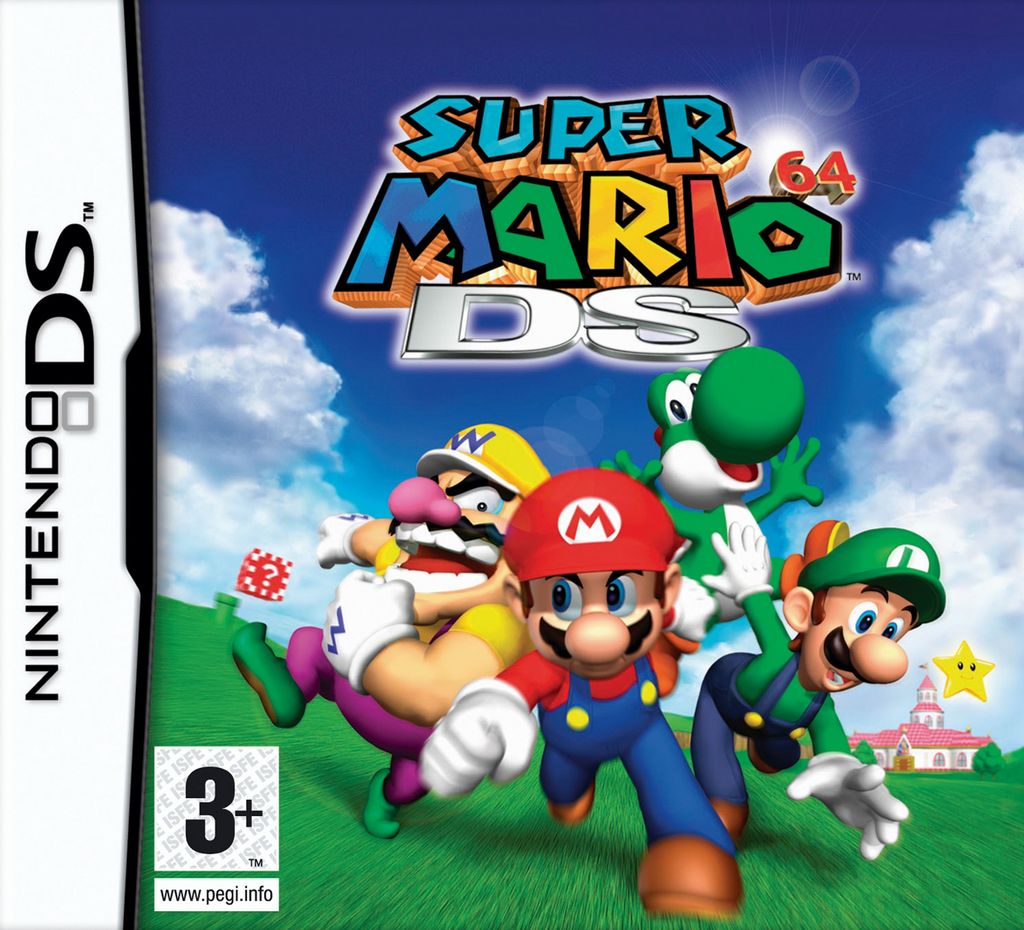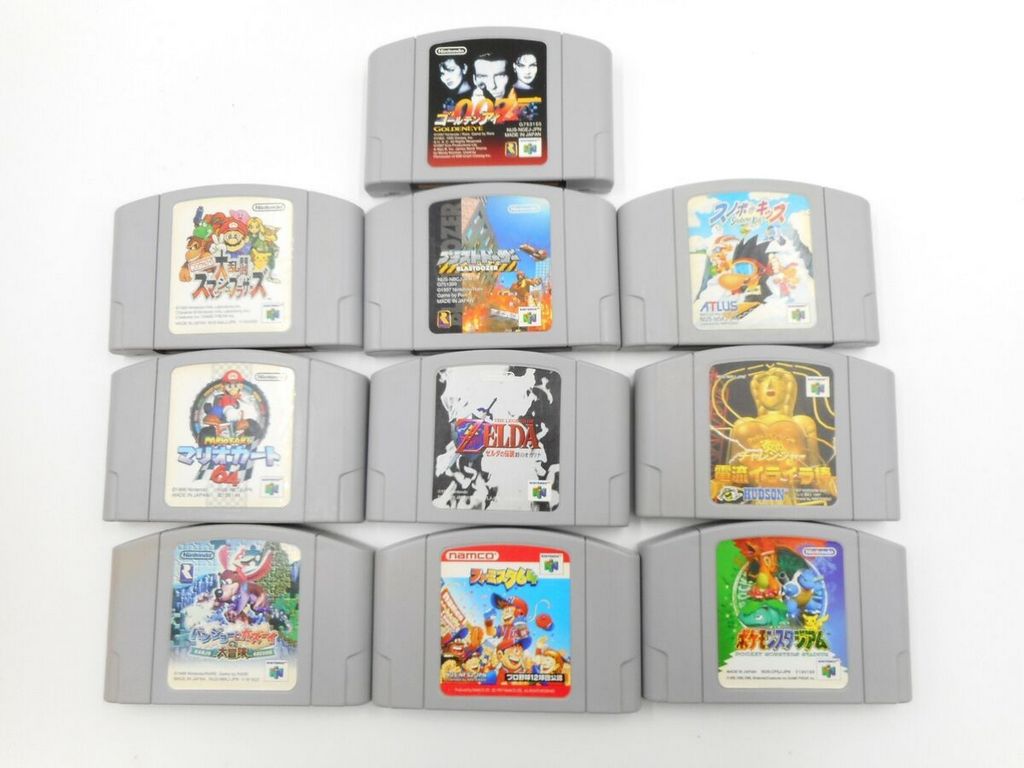Nintendo 64: Architecture and History
It stands as an unique and marvelous console also by today’s requirements. Both from a technological along with cultural perspective, it was simply stupendous. This post showcases the history of the Nintendo 64 along with explores it from a technical standpoint. If you resemble me, you likely have warm memories of this console. If you’re interested in the technological bits, avoid in advance to the design.
To establish the stage, the N64 was first launched in Japan in 1996. When you think about the 1990’s you may consider the pocket-sized Gameboy shade with Pokmon Red and Blue. However in reality, the Gameboy shade didn’t appear till 1998, two years after the N64 appeared.
The Gameboy at the time was the impressively huge and hefty, Gameboy. With a grayscale display and packed with 4 AA batteries, it was a brick of a pc gaming experience. The Gameboy pocket (a slightly smaller sized version of the successful gameboy) had come out in some markets, but didn’t see the exact same prevalent schedule as the original Gameboy.read about it https://roms-download.com/roms/nintendo-64 from Our Articles
This is to illustrate the sheer madness that the Nintendo 64 represented, specifically in the sub $300 price point. The idea of a 64 bit console with 3D graphics just under six years after the 16 bit SNES appears reasonable in knowledge yet ridiculous at the time.
Allow’s dive into the systems of itself. It has a few peculiarities. You’ve probably discovered the rickety form of the controller(and likely if you read this, you used it). It often really felt that you required 3 hands to actually appropriately make the most of the all the switches.
You’ll notice it has an analog stick. This was the initial commercial computer game with an analog stick as its key input device. The D-Pad had actually been the defacto standard for years and Nintendo personally had a great deal of great technology and experience with making 8-way D-Pads.
An entertaining tale from one LucasArts designer is that only specific participants of the development group were enabled to recognize what the controller resembled. So they needed to be kept in a card box with openings cut in so you could reach inside and manage the controller. The usual joke on the programmer team is that the controller was a dish of telepathic water you stuck your hand right into, yet of course, you had to believe in Japanese.
In addition to the spear like form, the control stick had on its face sharp, increased circular ridges that if played too hard, might leave marks on your thumb or palm. We’ll review the commercial design and thinking behind the controller later when we begin discussing the technical style of the console itself. Allow’s speak about the history of Nintendo as it helps recognize a lot of their decisions. This area will be quite fast.
Nintendo was founded in 1889 as a Hanafuda (花札) manufacture. Hanafuda are a kind of playing card. After Japan closed all contact with the western globe in 1633, the Federal government disallowed the having fun cards that had been presented by the Portuguese in the mid 16th century. It was a 48 card deck with 4 collections and looked fairly comparable to the 52 card deck we have today. In action to the ban, cards became disguised, frequently with flowers.
As the Federal government caught on, they started to ban the brand-new kinds of the playing cards. Card makes reacted by further obfuscating the cards, become an increasing number of sophisticated as time went on. Actually, to this date, Nintendo still makes Hanafuda cards themed with different video game IP that they have. The point of this intro is that Nintendo has a background of being an underdog, taking their time, and being very protective/secretive about what they do.
The turning point for Nintendo came in 1956 when they went to the USA. The world’s largest manufacture of playing cards at the time was headquartered there. The existing CEO (Yamauchi) was dismayed to discover the largest business in their market headquartered in a little dingy office above a grocery store. When your largest competitor in your well established sector remains in a tiny office, it is a great wakeup call that it could be time to broaden to various other markets.
Between 1963 and 1968, they explored. Taxi’s, resorts, instant noodles, and hoover were amongst a few of the products they tried. Nonetheless, in spite of their initiatives they found they were only efficient making playthings. The 1964 Olympics remained in Tokyo, gave a much needed economic boom. The market for playthings was tight, competitive, and low margin. Digital toys had higher margins and much less competitors. Nintendo had a practice of working with talented electric designers to run their assembly and production lines and those engineers had a routine of developing imaginative remedies for troubles on the line.
One certain engineer designed a robotic arm as a type of plaything. It was a creative design that used what got on hand. Hiroshi Yamauchi, the CEO of Nintendo, came through the manufacturing facility in 1966 and saw the toy for what it was. They asked him to create it completely, which ended up being the Ultra Hand and was a massive success. The engineer, Gunpei Yokoi, took place to develop the Video game & Watch Collection and manage Donkey Kong, Mario Bros, Metroid, the Virtual Kid, to name a few. It was Yokoi that said:
The Nintendo method of adjusting technology is not to search for the modern but to make use of fully grown innovation that can be mass-produced inexpensively.
An additional one of their first real hits was the Nintendo Beam Weapon, a duck hunt like video game. Bear in mind, Pong wasn’t also on the marketplace yet. Nintendo bought up old bowling lanes and made interior capturing galleries with their light weapons. This proved to be pricey to keep as it required room and staff so they determined to focus on home gaming consoles and galleries as opposed to running their own rooms. The popular Mr. Video game & Watch was launched in 1981.
The video game market in the USA collapsed in 1983. While the specific cause is rather of a mystery, Nintendo mostly attributed it to a proliferation of sub-par high quality video games that wore down customer depend on. Negotiations with Atari to redistribute their home console, the Famicon (or the NES as it would certainly later on be understood) had broken down, Nintendo had not been a gamer in the United States market. This left simply Sega (an additional Japanese company) and Nintendo as huge gamers in the video game industry. Nintendo chose they would not repeat the blunder of Atari and other United States based business and focus on each game they launched having a seal of quality and up to their demanding criteria. This fad proceeded up until the later years of the Nintendo button, where bench for access was reduced somewhat.
The Nintendo 64
Currently let’s take regarding the N64 itself. One significant function regarding it is that the N64 was going to have a hard disk drive accessory (known as the N64DD). The project was drawn back in the SNES days as Nintendo partnered with an additional business to develop the hard disk drive, Sony. Rather late in the task, Nintendo took out for unknown factors. Sony, not surprisingly huffed, made a decision to continue the task on their own, inevitably developing the PlayStation. Nintendo additionally intended to call it the Ultra 64, which you may see in chip names (NUS or Nintendo Ultra Sixty-four). Konami owned the copy right of a number of ultra-like video games (Ultra Football, Ultra Tennis, etc). Analyzing the implications, they rebranded to N64.
Leading up the launch of the N64, Nintendo really went on the hype circuit. At the time, a firm called Silicon Video Inc (SGI), was referred to as a graphical technological giant. For eight years (1995-2002) all the movies chosen for an academy award for visual results had their impacts developed on SGI systems. You could think about them as the NVIDIA of their day.
A SGI Onyx system, made use of for N64 advancement, retailed for around $100,000-250,000 in early 1995
When Nintendo was marketing what the full power of the an SGI system in a home console form factor with a home console price. This wasn’t aided by the truth that the demos that Nintendo showed off were made on the incredibly costly Onyx server-class systems. We’ve gotten made use of to unbelievable quantities of computing power being packed into every smaller sized areas thanks to smart devices and the cloud, but to put it in perspective, this would be like Microsoft hinting that the next Xbox would have the same power as a whole Azure shelf.
The Onyx systems pictured over were actually usually what was utilized for N64 advancement. Actually, one video game workshop told an instead amusing story a couple of years later on at a gaming convention regarding obtaining a phone call from the FBI asking why they were purchasing numerous military class super computers. Generally, this system would certainly be utilized for creating 3d versions, re-topologizing them, developing the code, and due to the fact that the architecture was similar enough, also run N64 simulations.


